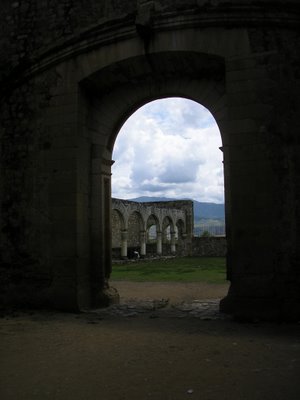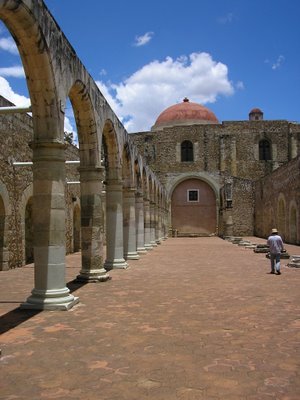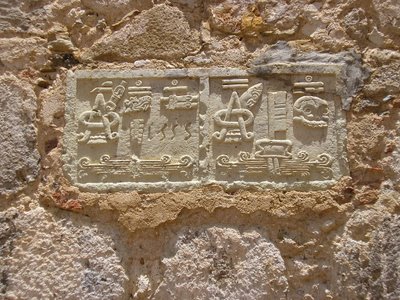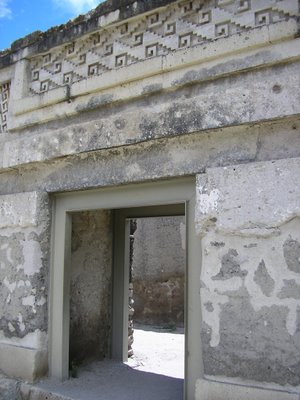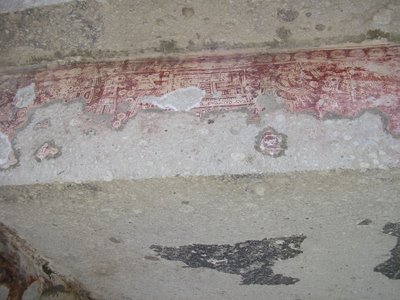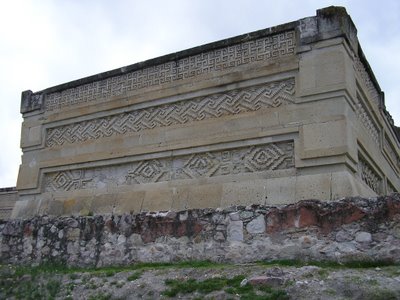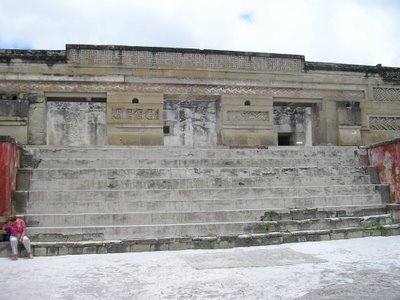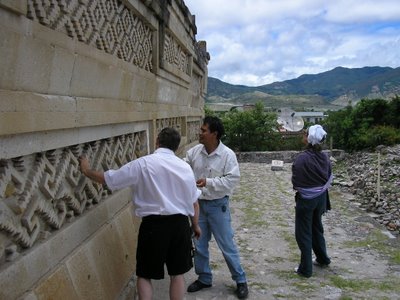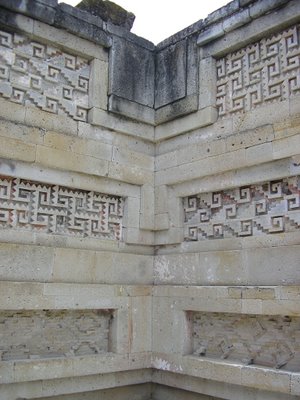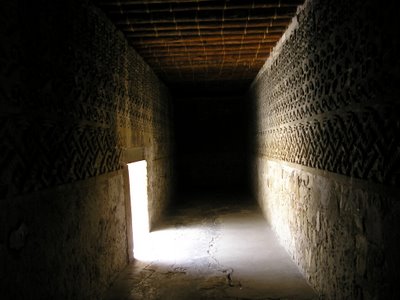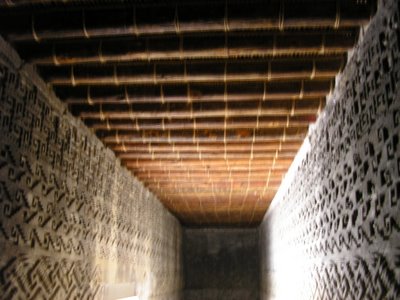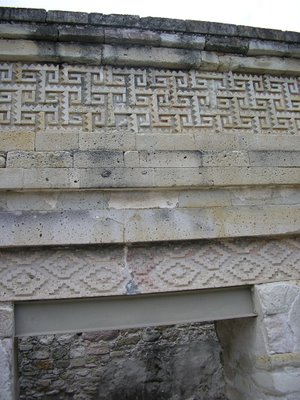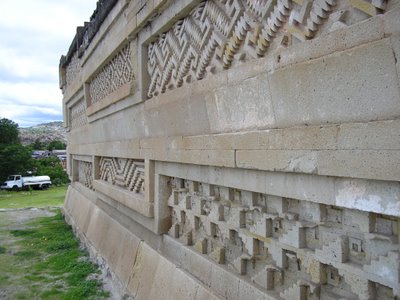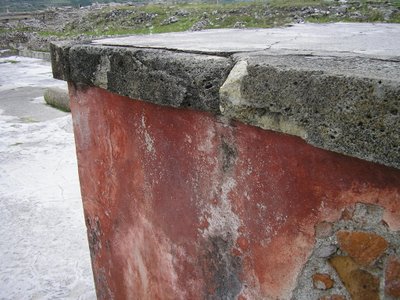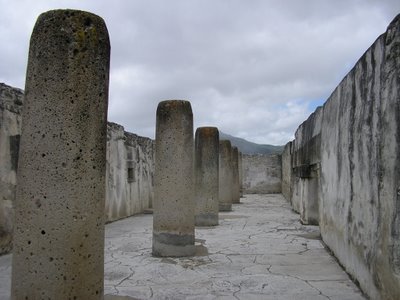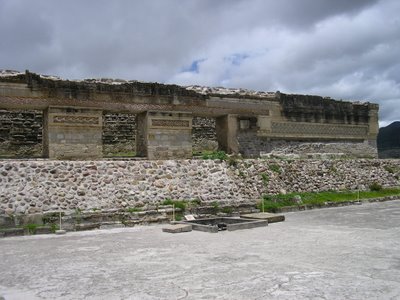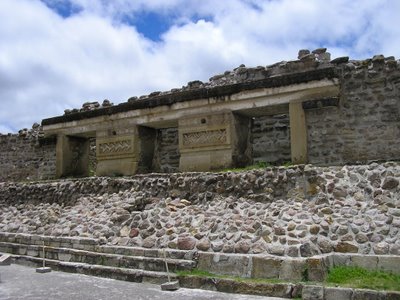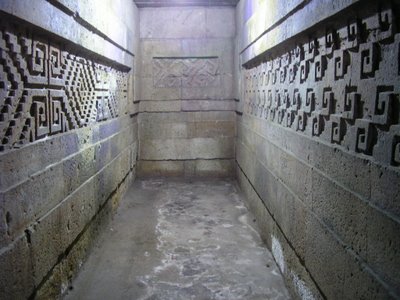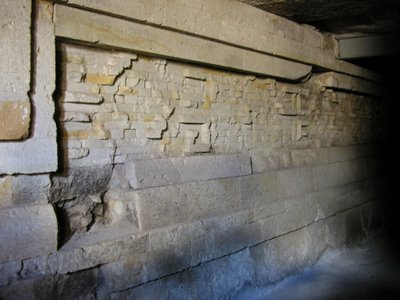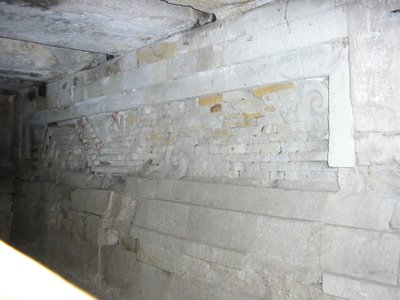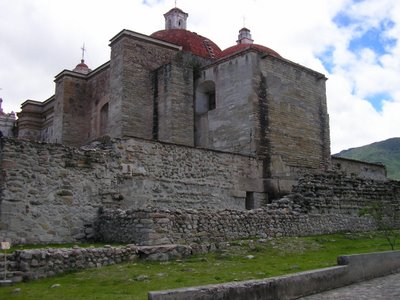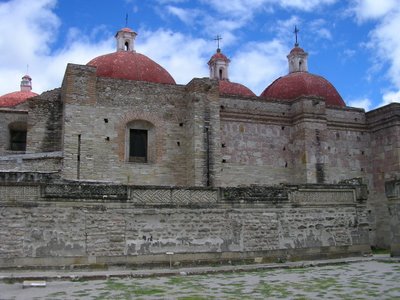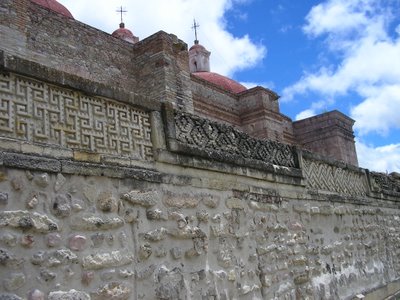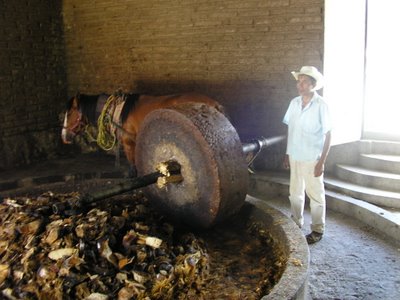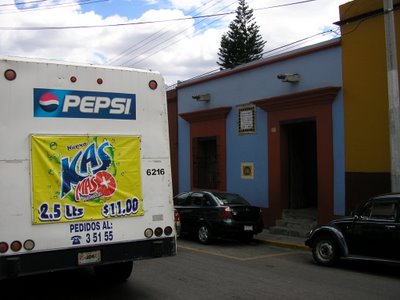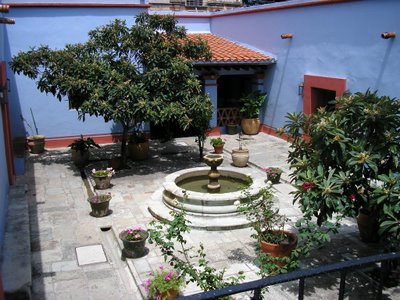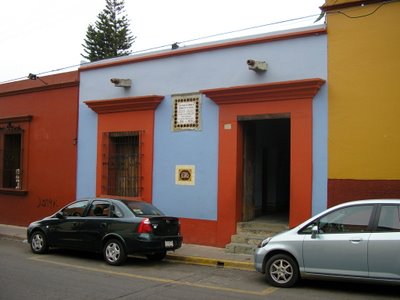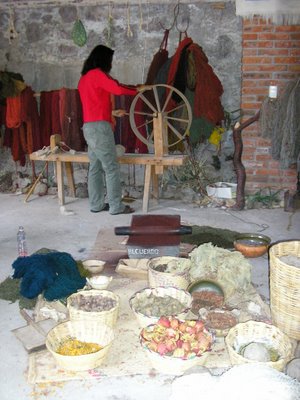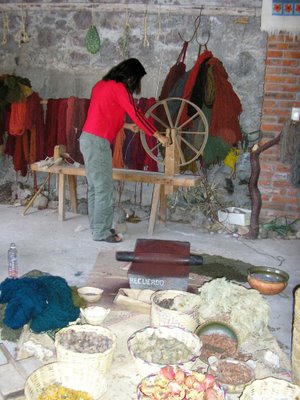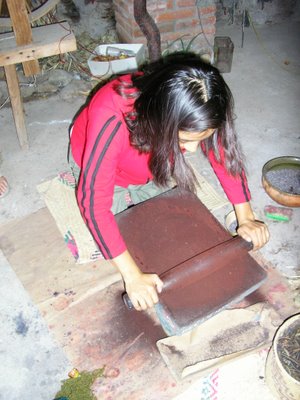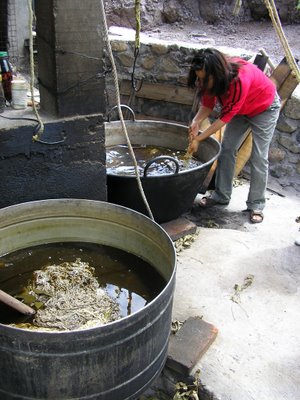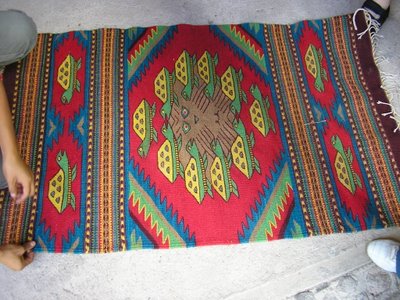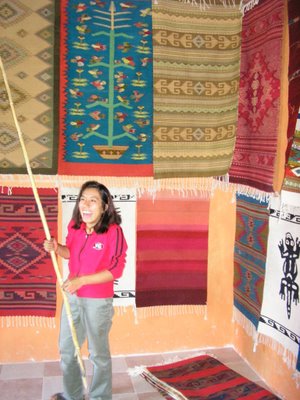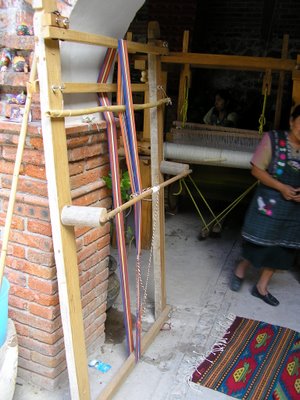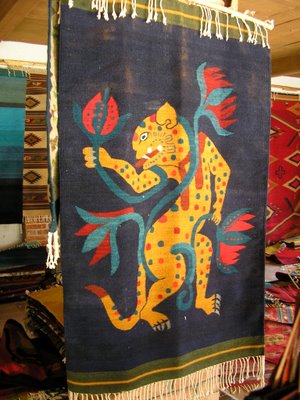Cuilápam de Guerrero, Oaxaca
Cuilápam de Guerrero (nombre completo: Santiago Cuilápam de Guerrero) es un pueblo cerca de la ciudad de Oaxaca de Juarez. Su mayor atractivo se trata de una capilla abierta de gran tamaño que forma parte del ex-convento Santiago Apostol. Se comenzó a construir el convento en 1535 y se detuvo la construcción en 1550 al haberse rebasado el costo previsto, dejando el edificio inconcluso. El nombre del pueblo es 'de Guerrero' por el hecho de que fue en este lugar donde fue fusilado Vicente Guerrero el día 14 de febrero de 1831.
Cuilapam de Guerrero (full name: Santiago Cuilapam de Guerrero) is a town close to the city of Oaxaca de Juarez. Its main attraction is a large open chapel that forms part of the ex-monastery of Saint James the Apostle. The monastery's construction was begun in 1535 and was halted in 1550 due to cost overruns, leaving the building incomplete. The name of the town is "de Guerrero" because it is here that Vicente Guerrero was executed on February 14, 1831. 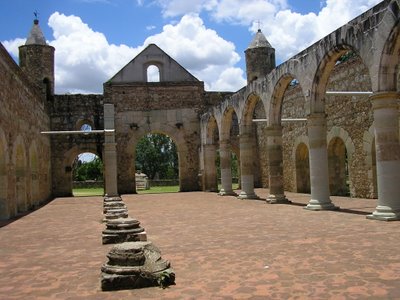
Eloy caminando por la capilla abierta.
Eloy walking through the open chapel.
Un arco inconcluso a la derecha.
An incomplete arch on the right.
An incomplete arch on the right.

